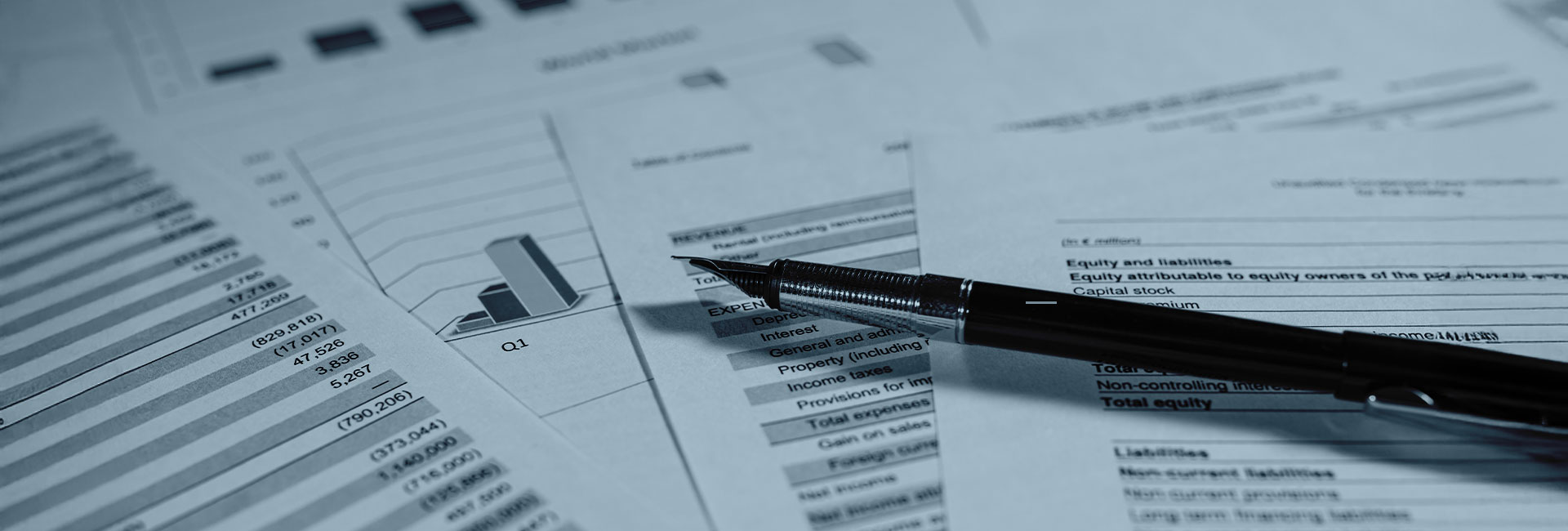If you start talking to a bankruptcy lawyer, before long you’ll probably hear them use the term “executory contract.” Often they’ll act as though people use the term everyday. The truth is that bankruptcy lawyers are just about the only lawyers – much less business people — who ever talk about executory contracts. (I confess I do it too, but there’s a really good reason.)
So what is an executory contract? The concept is fairly simple. It’s a contract between a debtor and another party under which both sides still have important performance remaining. Put another way, if either side stopped performing the contract it would be an actual breach of contract.
Examples of executory contracts (and some common reasons why they might be executory) include:
- Real estate leases (tenant has to pay rent/landlord has to provide space)
-
Equipment leases (lessee has to pay rent/lessor has to provide equipment)
- Development contracts (development work required/payment required on milestones), and
- Licenses to intellectual property (licensee can use only within scope of license/licensor must refrain from suing for licensed uses).
Having cleared up the definition, the next question is why executory contracts seem to matter so much in bankruptcy. (The debtor even has to list them separately in its bankruptcy schedules.)

